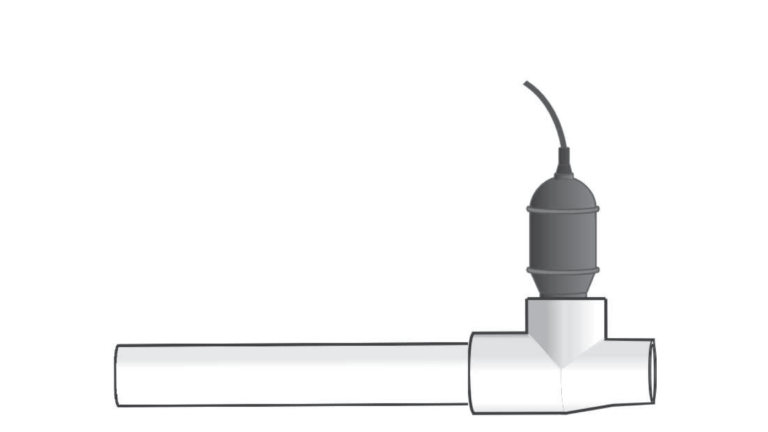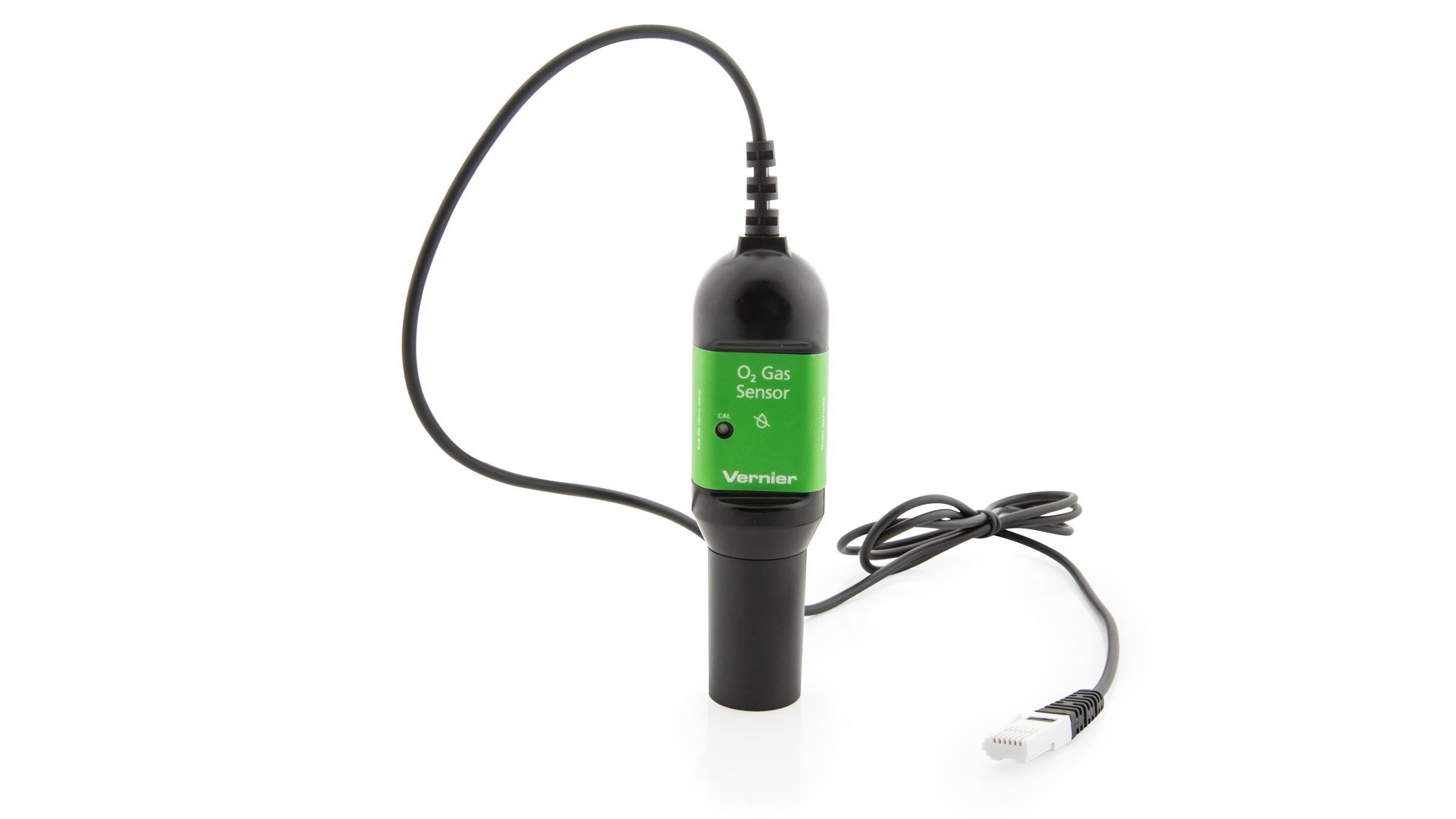
Introduction
In the average adult, approximately 150 mL of the air that is inhaled with each breath never reaches the alveoli. It fills the nose, mouth, larynx, trachea, bronchi, and bronchioles, a volume known as the “dead space.” This air is not available for gas mixing and exchange. It mixes with newly inhaled air and is “recycled” back to the alveoli. The relative size of the “dead space” as compared to functioning lung tissue impacts the efficiency of the respiratory system. Dead space is important in a variety of medical conditions such as asthma, pneumonia, and emphysema, and must be considered in treatments such as artificial ventilation in an intensive care unit. It is also important in physiologic challenges such as diving and high altitude activities.
Objectives
In this experiment, you will
- Simulate different volumes of dead space.
- Measure the oxygen concentration within the dead space.
- Correlate dead space volume with a variety of physiologic challenges.
Sensors and Equipment
This experiment features the following sensors and equipment. Additional equipment may be required.
Ready to Experiment?
Ask an Expert
Get answers to your questions about how to teach this experiment with our support team.
- Call toll-free: 888-837-6437
- Chat with Us
- Email support@vernier.com
Purchase the Lab Book
This experiment is #24 of Human Physiology with Vernier. The experiment in the book includes student instructions as well as instructor information for set up, helpful hints, and sample graphs and data.


